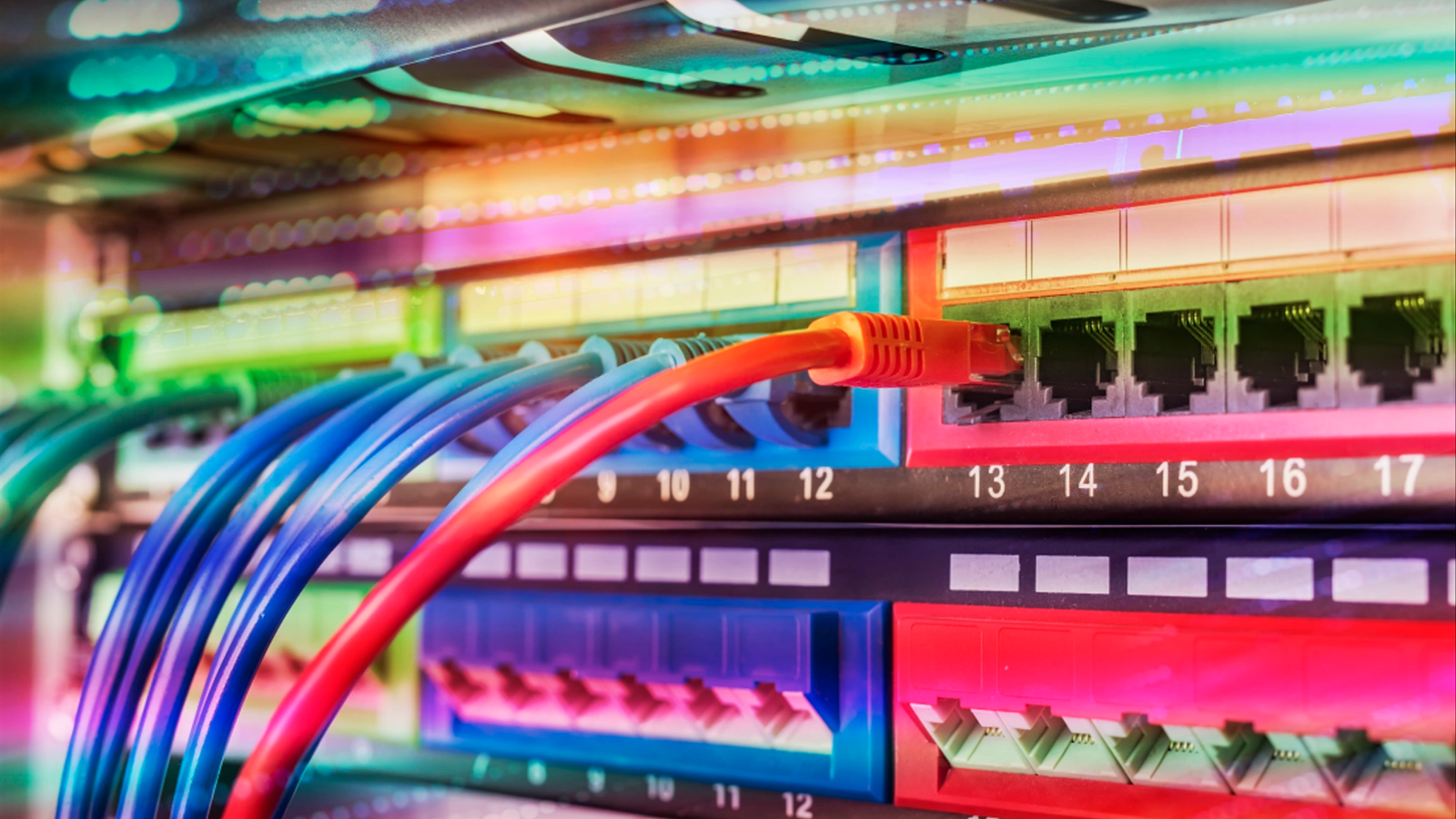In today’s digital landscape, enterprises handling sensitive data must comply with stringent regulations like HIPAA (Health Insurance Portability and Accountability Act) and GDPR (General Data Protection Regulation). A critical yet often overlooked aspect of compliance is ensuring secure Customer Premises Equipment (CPE) configurations. Misconfigured CPE devices—such as routers, firewalls, and modems—can expose enterprises to data breaches, regulatory penalties, and reputational damage.
This article explores best practices for configuring CPE devices to meet HIPAA and GDPR standards, ensuring robust data security while maintaining operational efficiency.
Why HIPAA & GDPR Compliance Matters for CPE Configurations
1. The Stakes of Non-Compliance
- HIPAA violations can lead to fines ranging from 100to50,000 per violation, with annual maximums up to $1.5 million.
- GDPR penalties can reach €20 million or 4% of global annual turnover, whichever is higher.
- Beyond fines, data breaches erode customer trust and can result in legal consequences.
2. How CPE Misconfigurations Lead to Vulnerabilities
Many enterprises focus on cloud and endpoint security but neglect CPE security, leaving backdoors for attackers. Common risks include:
- Default credentials left unchanged.
- Unpatched firmware with known vulnerabilities.
- Open ports exposing sensitive data.
- Weak encryption protocols failing to protect data in transit.
A secure CPE configuration mitigates these risks, ensuring compliance with HIPAA’s Technical Safeguards (164.312) and GDPR’s Security of Processing (Article 32).
Best Practices for HIPAA/GDPR-Compliant CPE Configurations
1. Replace Default Credentials & Enforce Strong Authentication
- Change default usernames/passwords immediately upon deployment.
- Implement Multi-Factor Authentication (MFA) for administrative access.
- Use Role-Based Access Control (RBAC) to limit privileges.
Why this matters:
- Prevents brute-force attacks on admin panels.
- Aligns with HIPAA’s Access Control Standard and GDPR’s accountability principle.
2. Regularly Update Firmware & Apply Security Patches
- Enable automatic updates where possible.
- Schedule monthly audits for firmware vulnerabilities.
- Maintain an inventory of all CPE devices to track updates.
Why this matters:
- Prevents exploits like Mirai botnet attacks, which target outdated IoT devices.
- Meets GDPR’s “state-of-the-art” security requirements.
3. Encrypt Data in Transit & at Rest
- Use TLS 1.2/1.3 for secure communications.
- Disable outdated protocols (SSLv3, TLS 1.0/1.1).
- If storing logs locally, ensure AES-256 encryption.
Why this matters:
- HIPAA’s Transmission Security Rule mandates encryption for ePHI (electronic Protected Health Information).
- GDPR Article 32 requires encryption to protect personal data.
4. Disable Unnecessary Services & Close Unused Ports
- Turn off Telnet, HTTP, SNMP v1/v2 if unused.
- Use firewall rules to block unauthorized inbound/outbound traffic.
- Restrict remote management access to trusted IPs only.
Why this matters:
- Reduces attack surface for cybercriminals.
- Aligns with NIST’s guidelines on network hardening.
5. Implement Robust Logging & Monitoring
- Enable syslog forwarding to a SIEM (Security Information and Event Management) system.
- Set up real-time alerts for suspicious activities (e.g., multiple failed logins).
- Retain logs for at least 6 years (HIPAA) and as required by GDPR.
Why this matters:
- Supports HIPAA’s Audit Controls Requirement.
- Helps demonstrate GDPR compliance in case of an investigation.
Real-World Consequences of Poor CPE Security
Case Study 1: Healthcare Provider Fined for Unsecured Router
A US-based clinic faced a $750,000 HIPAA penalty after an unpatched router allowed hackers to access patient records. The investigation revealed:
- Default admin credentials were never changed.
- No logging was enabled, delaying breach detection.
Case Study 2: GDPR Fine Due to Unencrypted CPE Traffic
A European financial firm was fined €500,000 after a man-in-the-middle attack intercepted customer data transmitted via an unencrypted modem. The GDPR ruling cited:
- Failure to implement basic encryption measures.
- Lack of regular security assessments.
How Managed Service Providers (MSPs) Help Ensure Compliance
Enterprises often lack in-house expertise to continuously monitor and harden CPE devices. A Managed Services Provider (MSP) can:
✔ Conduct compliance audits for HIPAA/GDPR alignment.
✔ Automate patch management to eliminate vulnerabilities.
✔ Deploy Zero Trust Network Access (ZTNA) for secure remote access.
✔ Provide 24/7 monitoring to detect and respond to threats.
Final Thoughts: Compliance is an Ongoing Process
HIPAA and GDPR compliance isn’t a one-time checkbox—it requires continuous monitoring and improvement. By implementing secure CPE configurations, enterprises can:
✅ Avoid costly regulatory fines.
✅ Protect sensitive customer and patient data.
✅ Maintain trust and brand reputation.
Need expert help? Partner with an MSP specializing in compliance to ensure your CPE devices meet the latest security standards.
